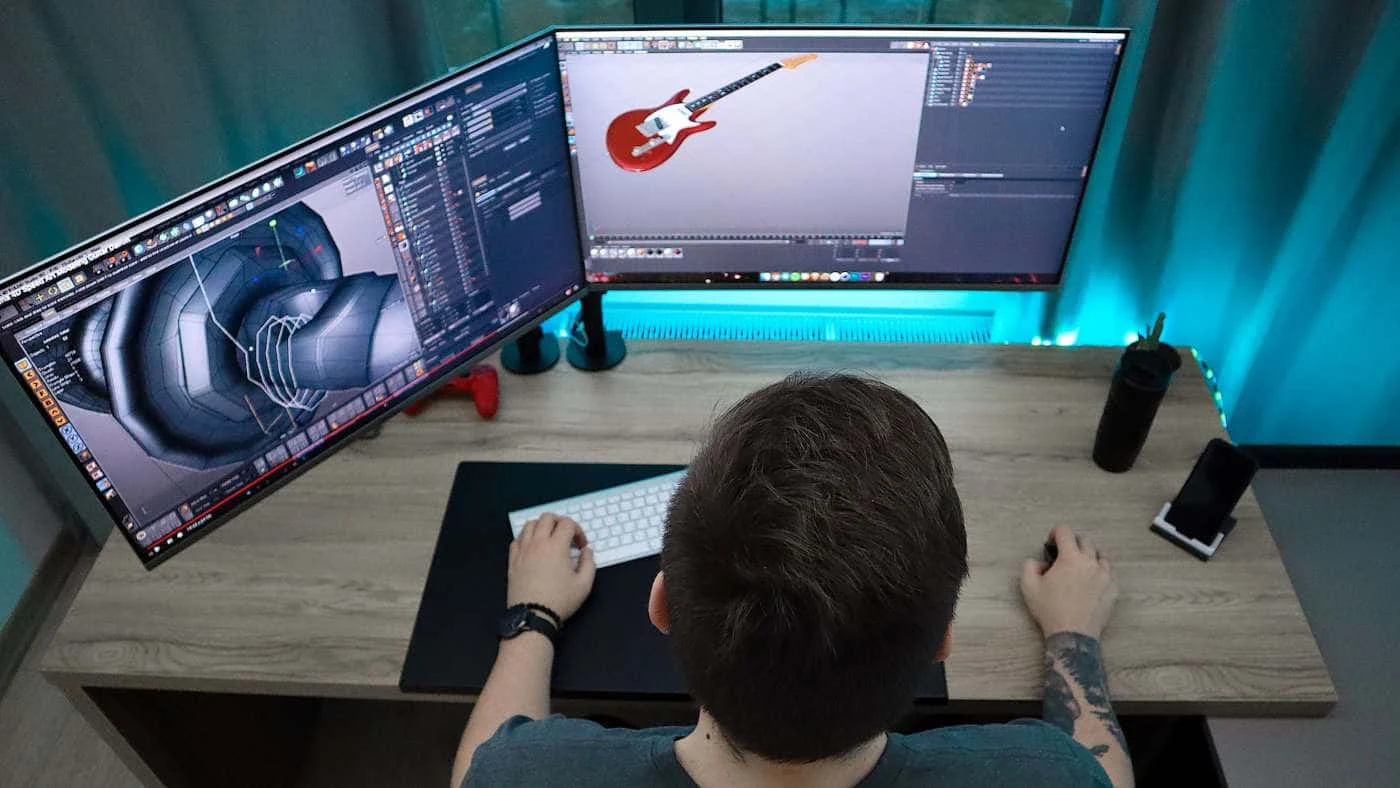What Exactly is 3D Animation? A Detailed Guide for You
To offer a general idea of how a building would seem in real life, a 3D animation company utilizes software to model the structure.- Article authored by Kunal Chowdhury on .
To offer a general idea of how a building would seem in real life, a 3D animation company utilizes software to model the structure.- Article authored by Kunal Chowdhury on .
3D animation is a technique for bringing digital objects to life by making them seem as if they are moving in three dimensions. While being shown in two dimensions, these computer-generated objects are made to mimic the qualities of a three-dimensional world. They provide a 360-degree vision from all directions and give the appearance of moving, twisting, and rotating like a genuine object.

During the day, 3D animation may be seen in various mediums. 3D animation is becoming used in games, advertising, television programs, and movies.
3D animation is the process of utilizing motion to animate objects and people in three dimensions. This technology has so much potential and has advanced to the point where "if you can envision it, you can animate it," as the saying goes.
A more practical use of 3D animation is in the field of architecture. To offer a general idea of how a building would seem in real life, a 3D animation company utilizes software to model the structure. Compared to if they had drawn it on paper, this is far more effective and realistic.

Several software applications and technologies, such as Maya, Blender, and 3ds Max, are used to generate 3D animation.
An artist must first create 3D models, or "meshes," which are then "rigged" using an armature or skeleton system. To get the animator's desired results, the rigged models may then be adjusted and animated. The animation is then produced as an image sequence, usually at a frame rate of 30 frames per second. The animation gives the appearance of movement and a virtual, three-dimensional environment or "world" when it is repeatedly played back. Characters, set pieces, and other 3D items may all be used to fill this universe.
The artist may then start animating the 3D environment's objects. To do this, many "keyframes" are made. Keyframes resemble snapshots of people or things that were captured at various moments in time. They demonstrate how objects in that 3D world must appear and behave at certain times.
The steps required to go from one keyframe to the next will be generated automatically by the software. "Tweening" is the term for this procedure. Each keyframe may be meticulously planned out by the artist to produce a smooth and lifelike animation.
In a variety of settings, including advertising, medical research, architectural design, and more, 3D animation has proven useful. Why is this innovative visual method being used by so many different industries? These are just a few of the unique advantages that 3D animation has to offer.
3D animation may increase user engagement by producing more realistic and intriguing graphics. This is true in a variety of settings, including video games, marketing campaigns, and business presentations, where engaging visuals increase the likelihood that the audience will remain attentive and interested.
A wide variety of viewers are drawn to 3D animation. In addition, it may be used to target big groups of individuals. A 3D animation shown on a huge screen may be a terrific method to grab a crowd's attention. A digital billboard featuring 3D animation, for instance, might stand out significantly in a congested area.
With 3D animation, it is possible to produce sharper visuals and give the feeling of being in the actual world. This may improve communication by removing ambiguity, such as what a product would seem like from a 360-degree perspective. 3D animation may improve communication by increasing emotional connection and visual impact.
Businesses may more effectively communicate their brand by using 3D animation to provide customers with a more in-depth understanding of their goods, services, and overall mission. Using this type of cutting-edge technology may help businesses become recognized by customers as a more contemporary and progressive brand.

Choosing between 2D or 3D animation is often a creative choice. Yet, it may also depend on how technically sound both are.
The two animation processes vary greatly from one another apart from visual style. The target audience, money, and timetable are some of the major determining variables. Whatever your chosen approach, the goals of your project could favor one strategy over another. Sometimes, 3D's more lifelike features are more beneficial than 2D's artistic opportunities.
3D animation is a fantastic art form that provides a wide range of creative opportunities. This approach is excellent for the most inventive projects since live-action videos cannot do many things that animation can.
While they take a lot of preparation and effort, 3D animation services are ultimately worthwhile. Well-created scenes may expand how your business connects with audiences and customers.
Thank you for visiting our website!
We value your engagement and would love to hear your thoughts. Don't forget to leave a comment below to share your feedback, opinions, or questions.
We believe in fostering an interactive and inclusive community, and your comments play a crucial role in creating that environment.